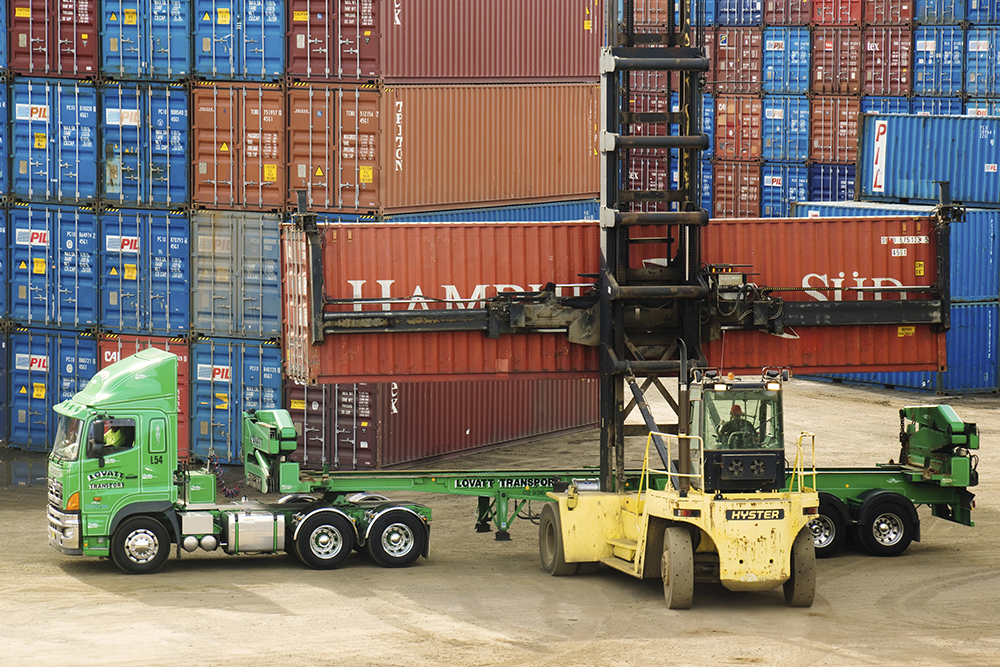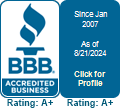Pricing documents are complex and contain a multitude of information. For those who think contracts or tariffs only contain the rate from point A to point B, think again.
The fine print can often be overlooked when loading varying specifications into a rate engine. Language regarding switch absorption, routes, car type/size/ownership, movement from/to beyond, FSAC codes, etc., can quickly make the task daunting.
For example, consider the weight of a shipment. One might assume the rate would be based on the pounds or net ton. However, different carriers use different terminology that all mean something specific: Gross Weight on Rail, Lading Weight, Total Allowable Weight on Rail, Cubic Capacity, or Alternate Minimum Weight. Some of these terms are based on weight, some are based on the actual capacity of the equipment, and still others combine the two. Sound complicated? To make it more fun, some tariffs give the option of using capacity versus weight to pick the lowest rate, while others allow “bumping” up the weight to take a lower rate.
Does your company have a trained transportation expert interpreting all your price documents? Is your TMS system programmed correctly for each individual document?
The professionals at AMTR know what these terms mean and how to use them. We will make sure that you are paying the proper rate based on the proper terminology.





There are no comments yet, but you can be the first